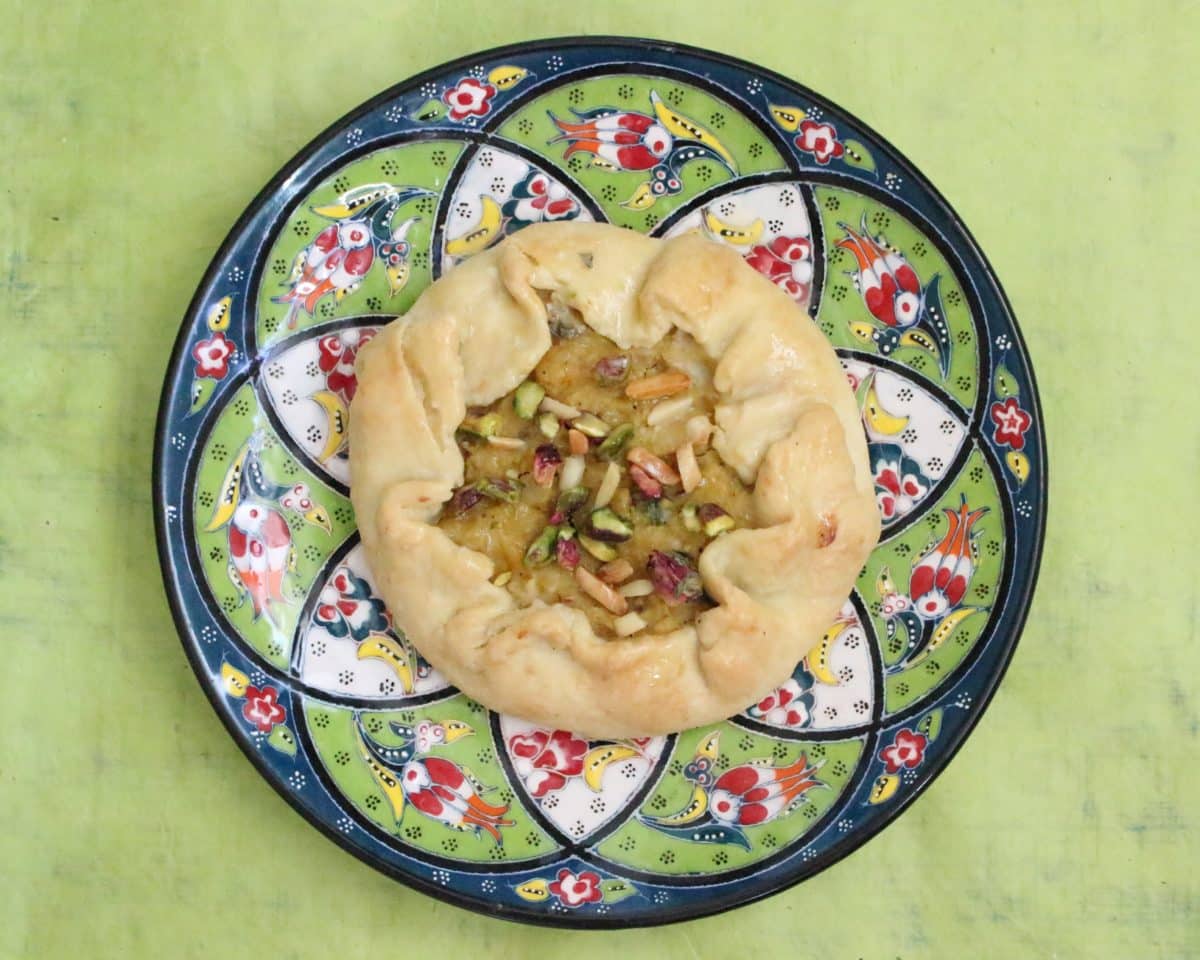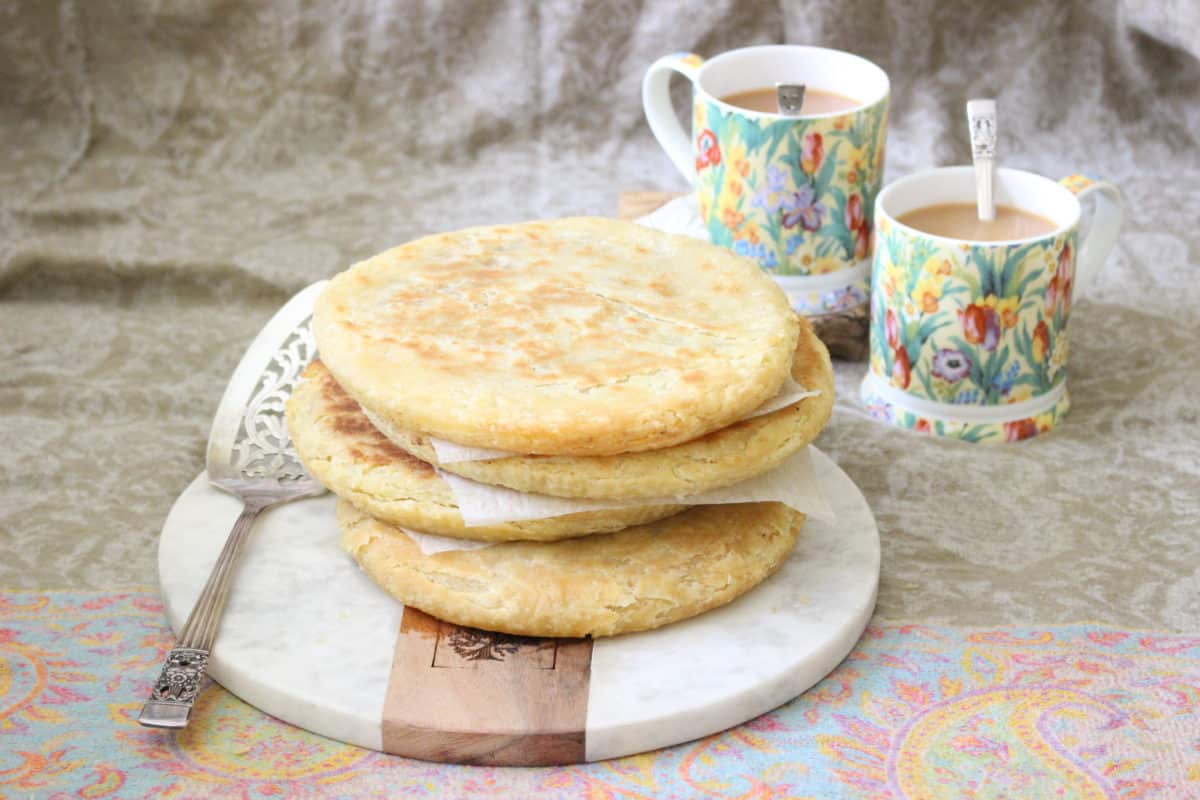Symbolism in food is often intriguing. This can be said of Daar ni Pori, a sweet lentil filling in a pastry crust resembling a thick rotli (flat bread), often especially prepared for happy occasions. It was initially referred to as Poli (hollow); changing colloquially somewhere down the line to ‘Pori,’a word affectionately referring to a sweet girl.
The circular shape of the daar ni pori represents the earth, while the hard and soft outer and inner shells represent the outer and inner worlds, i.e. the physical and spiritual worlds we all live within.

Traditionally prepared by the family of a bride, to be gifted to the grooms’ side, it is a special sweet shared between the two families soon to be joined in their life’s journey. It may be seen as a symbol of the marriage ceremony where one seeks the blessings of two worlds joining us, the spiritual and the physical.
Since joint family living was the norm, most families were large and generally seven poris were gifted (an auspicious number), if not more. Legend has it that while great pride was taken to specially prepare this at home, the asserting mother-in-law often inquired who exactly had prepared the poris; a sneaky way of gauging the cooking skills of the daughter-in-law to be!
The lentil and the crust were symbols of unity — each one if eaten alone seems somehow incomplete, but they are delicious together. A perfect symbolism for partnership, complementing each other. In the food world, one could refer to it as the perfect marriage of textures and flavors. With the ingredients both simple and economical, these basic food staples are found abundantly in every Parsi home pantry.
The skills necessary to prepare this intricate lentil filled flat bread are a reminder of a bygone era. Everything was prepared by hand; there were no ovens and each one was patiently cooked over a low flame in a cast iron skillet called the ‘tavo.’ It was delicate to handle and was generally moved around the skillet with a cloth until each side was cooked through. With no refrigeration available, preserving the cooked lentils within this hollow flour casing was rather clever. With its ingredients a source of sustenance, this method made it possible to be carried along on a long journey.
While we continue to embrace our heritage with pride it is my personal opinion that change in any community is inevitable, and adapting by living in the moment can be most rewarding.

An example of this adaption is my recipe for Daar ni Potli – (potli-money-bag as I like to call it) that resembles Italian crostata. There is a more generous amount of the creamy daar-lentil filling to enjoy than in the traditional version, and the crust is crispier and more delicious. While the traditional crust is prepared with wheat flour it can be prepared with rice flour and semolina added. Butter can be substituted for ghee. While rosewater enhanced the flavors, modern recipes may include the addition of vanilla essence or extract. The delicious fruit and nuts and the delicate saffron threads are what give the Daar ni Potli/Pori its unique flavors and textures. Its origins lie in the combination of the ‘halwa’ that our Persian ancestors prepared and the ‘Puran’ our Indian hosts served on their festive occasions.
It used to be hard to master this recipe at home, but modern recipes have simplified the process. Like most pastry it is best eaten fresh, while still warm, and accompanied with a cup of Parsi Choi – a strong cup of tea that is well brewed with lemon grass and fresh mint, milk and sugar.
While the ingredients are much the same as the ancient recipes, contemporary Daar ni Potli is now easier to prepare, prettier to serve and more inviting to the eye. These changes are a reflection of the times we live in, where traditional foods adapt to modern eating styles. ![]()
